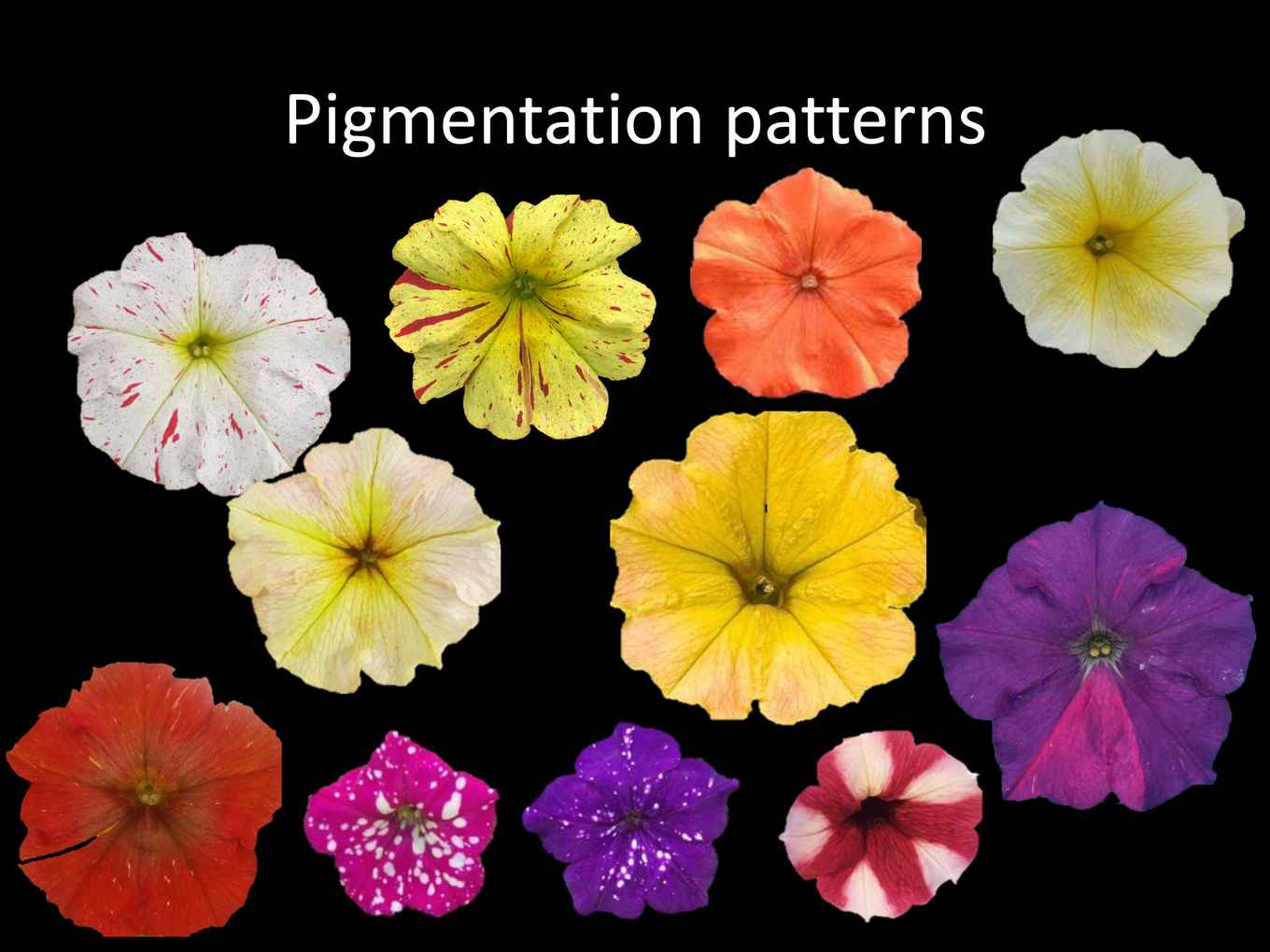Generation of pigmentation patterns
Generation of pigmentation patterns
Pigmentation patterns in plants have been strongly selected during evolution because of the implication they have in the pollination strategy of the species and therefore its success.
The appearance of new pigmentation pattern goes sometimes together with the rewinding of regulatory networks of genes and/or the coupling of these to new sets of target structural genes that imply the synthesis and deposition of new classes of molecules. Sometimes this happened under the selective pressure of natural selection, sometimes under that of breeders after species got domesticated. We study the mechanisms at the basis of the appearance of novel pigmentation patterns comparing different plant species, subspecies and domesticated lines. This have brought us to find out surprising aspects of genome rearrangement as mechanism for the acquisition of completely novel patterns.
Gene regulation plays here a fundamental role. The switching on and off of the biochemical pathways leading to the accumulation of anthocyanins and/or carotenoids is achieved through the acquisition of novel expression domains by regulatory genes. Examples MYB transcription factors that regulate the formation of anthocyanin based pigmentation patterns and other type of regulators that make totally novel colors and patterns by determining the activation of the carotenoid biosynthesis in tissues where this is ‘normally’ not active.
